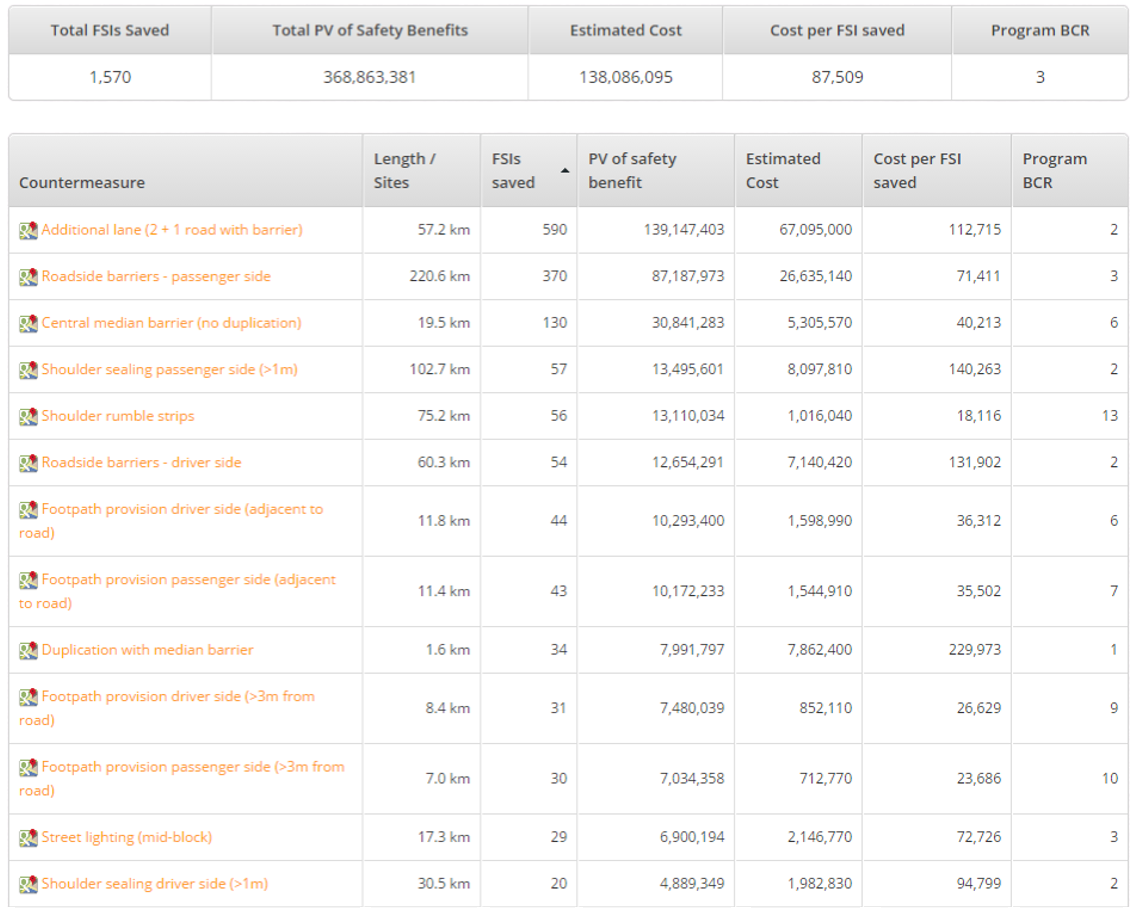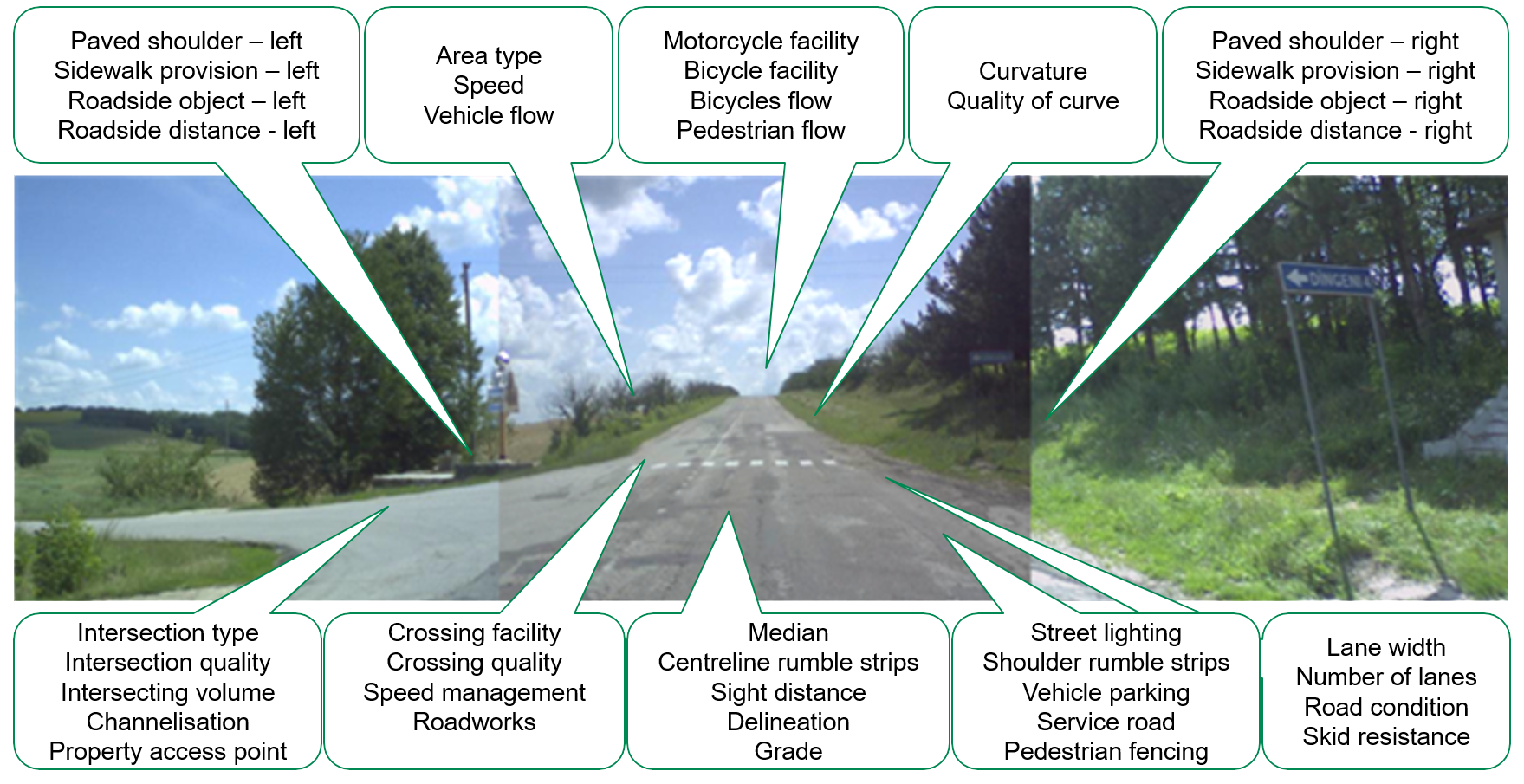Image credit: RACC
👉 The main conclusions of the study are:
🔹 In 45% of all road accidents with fatalities and serious injuries, at least one motorcycle or moped has been involved.
🔹 Serious and fatal accidents have increased by 14.1%.
🔹 Barcelona and Girona increased their km with “high” and “very high” risk.
🔹 In 21% of the network analysed by iRAP there have been no fatal or serious accidents in the last three years.
The RACC has presented the 23rd edition of the risk map of the Catalan road network, drawn up using the international iRAP methodology, which analyses road accidents for another year. In Catalonia, the study has the collaboration of the Catalan Traffic Service, the Department of Territory, Housing and Ecological Transition of the Generalitat de Catalunya and the Provincial Council of Barcelona.
The iRAP methodology compares the number of serious and fatal accidents recorded in the last 3 years on a stretch of road with the volume of vehicles circulating (in terms of average daily traffic intensity, ADI).
The iRAP study (formerly EuroRAP) has been published every year in Catalonia since 2002 and analyses more than 6,300 km of intercity roads owned by the Ministry, the Generalitat and the Provincial Councils, where 93% of the territory’s mobility is concentrated and where 78% of accidents with serious injuries and fatalities occur.
The study’s conclusions include the following:
- In the three-year period 2021-2023, serious and fatal accidents have increased by 14.1%. Overall road mobility has increased by 8.0%. The risk has increased by 5.7% in the entire network analysed by iRAP.
- The kilometres with “high” and “very high” risk represent 24% of the network, the same as in the previous three years. Barcelona and Girona increased their kilometres with “high” and “very high” risk, from 25% to 27% and from 23% to 27%, respectively. On the other hand, Lleida and Tarragona decrease them, from 28% to 27% and from 21% to 11%, respectively.
- Conventional roads (with only one lane in each direction) account for all the stretches with “very high” and “high” risk, and almost all the stretches with “medium” risk. On the other hand, on dual carriageways (motorways and motorways) practically all the stretches are of “low” or “very low” risk.
- The risk of suffering a serious or fatal accident on a conventional road is almost four times higher than on a dual carriageway.
- The BP-1417 (L’Arrabassada) road is once again the stretch with the highest risk index in Catalonia, due to the high number of motorcycle accidents. At least one motorcycle is involved in 100% of accidents with deaths or serious injuries.
- This year, 676 km have a zero risk. Thus, on 21% of the network analysed by iRAP there have been no fatal or serious accidents in the last three years.
- The stretch with the highest number of serious accidents per km (without taking into account traffic volume) is on the A-2 between the junction with the AP-2 and the junction with the B-20, B-10 and C-32, as in the previous study. In the 10 stretches with the highest number of accidents, a very high presence of motorcycle and moped accidents is observed (75%).
- During the three-year period analysed in this study, at least one motorcycle or moped was involved in 45% of all traffic accidents with fatalities or serious injuries (35% in the case of fatal accidents). It should be noted that this type of vehicle represents only 2.4% of global road mobility.
- In the iRAP network, 50% of serious and fatal motorcycle accidents are concentrated in 14.1% of the network length (897 km).
- The stretch with the highest concentration of heavy vehicle accidents is on the A-2, between the AP-2 junction and the junction with the B-20, B-10 and C-32. 50% of serious heavy vehicle accidents are concentrated in just 13.2% of the network (842 km).
- The stretch with the highest concentration of bicycle accidents is on the BV-5001, between Martorelles and Vilanova del Vallès, a stretch that also appears in the top 10 most dangerous stretches with a “very high” risk index.
Since 2002, the RACC has inspected a large part of the roads in Catalonia and Spain using this methodology, as well as those in other countries in Europe, Asia and Latin America (France, Italy, India, Brazil, Peru, Costa Rica, Chile and Argentina, among others), with the aim of contributing to improving the safety of road networks at an international level.
Original article from RACC https://movilidad.racc.es/irap-2024-resultados-del-mapa-de-riesgo-de-la-red-vial-catalana/
Download Press release Nota de prensa. El índice de riesgo en las carreteras catalanas ha aumentado un 5,7% respecto al año pasado



















